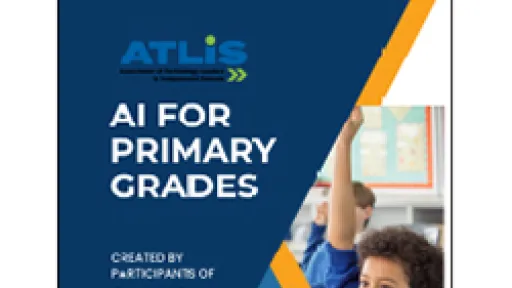Educational technology has become an integral part of modern classrooms, reshaping the landscape of education as we know it. With its vast array of tools and resources, this transformative force holds the potential to revolutionize the way students learn, engage, and excel. In this article, we delve into the impact of educational technology, exploring its benefits, challenges, and offering practical strategies for educators to effectively leverage its power.
As we embark on this journey, it is essential to trace the evolution of educational technology. From the days of traditional classrooms and dusty blackboards, technology has propelled education into the digital age, ushering in new avenues for teaching and learning. Interactive whiteboards have given way to online learning platforms, offering personalized and immersive learning experiences that cater to each student's unique needs.
The advantages of educational technology for students are manifold. By integrating interactive multimedia, gamification, and virtual reality, educators can captivate students' interest and ignite their curiosity. These innovative tools promote active learning, encouraging students to participate actively in the educational process while fostering the development of critical thinking skills. With educational technology as their ally, students are engaged, motivated, and empowered to excel.
Ensuring equal opportunities for all
In the quest for educational equality, the issue of the digital divide emerges as a pressing concern. Disparities in access to technology and internet connectivity persist among students, perpetuating inequality. To address this challenge, it is imperative to shed light on the importance of bridging this gap. Initiatives aimed at providing equal opportunities for all learners, regardless of their socio-economic backgrounds, are crucial to create a level playing field in education.
Educators drive successful technology integration
While educational technology plays a pivotal role, educators are the key drivers of successful integration. Acknowledging their significance, we delve into the importance of professional development and training programs. By enhancing their digital literacy and embracing innovative tools, educators can optimize instruction and leverage data-driven insights to enhance student outcomes.
Safeguarding students' personal information
In an increasingly connected world, the critical aspect of data privacy cannot be overlooked. Educational institutions must prioritize safeguarding students' personal information. Refer to ATLIS cybersecurity resources best practices, compliance regulations, and the ethical considerations that educators and institutions must adhere to while utilizing educational technology. Striking a balance between technological advancement and privacy protection is essential for fostering trust among all stakeholders.
Personalized and adaptive learning with AI
The potential of artificial intelligence (AI) in education is vast. AI-powered tools have the ability to personalize learning experiences, provide adaptive feedback, and assist in assessing students' progress. By augmenting human instruction, AI can enhance the efficiency and tailor education to meet individual needs, leading to a more effective learning process.
Cultivating healthy technology habits
While educational technology offers numerous benefits, it is essential to consider its impact on students' well-being. This section focuses on strategies for promoting a healthy balance between screen time and offline activities. Cultivating digital citizenship, managing distractions, and fostering responsible technology use among students are crucial for their overall well-being and development.
Implementing educational technology is not without its challenges. Common obstacles can range from infrastructure requirements and financial considerations. Strategies for overcoming resistance to change center around emphasizing the importance of a holistic approach and collaboration among stakeholders to ensure a successful transition to a technology-driven educational environment.
As we conclude this exploration, we turn our gaze to the horizon of educational technology. Emerging trends such as augmented reality, blockchain, and adaptive learning hold promise for revolutionizing education in the coming years. The future is bright, brimming with endless possibilities to enhance learning experiences, engage students, and prepare them for a digitally-driven future.
Educational technology offers endless possibilities to enhance learning experiences and create vibrant, inclusive learning environments. By understanding the benefits, addressing challenges, and implementing effective strategies, educators can harness the power of technology to empower the next generation of learners. With educational technology as their ally, educators can guide students towards a future where they can thrive and make their mark on the world.


